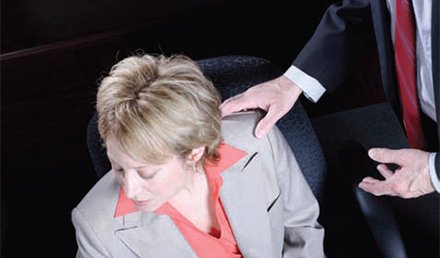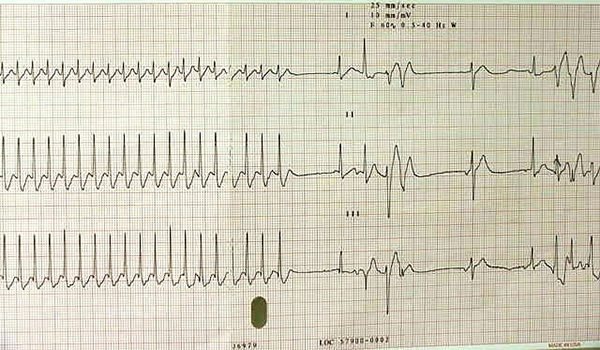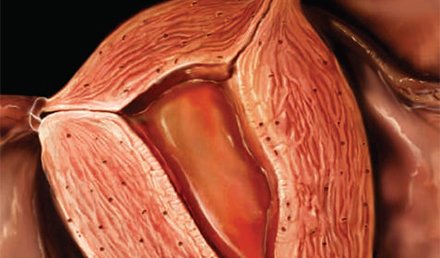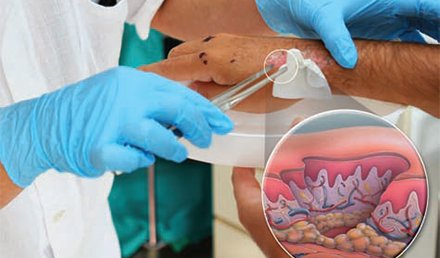Urgent message: Sexual harassment claims can be costly for an urgent care operator, not tomention ruinous to a center’s reputation. An urgent care center should protect itself by having firm policies and procedures in place to prevent and resolve sexual harassment issues. Alan Ayers, MA, MAcc, Experity Sexual harassment emerged as a major human resources issue in the 1990s. Victims of alleged sexual harassment – who can be men or women – sometimes find sympathetic …
Read More



